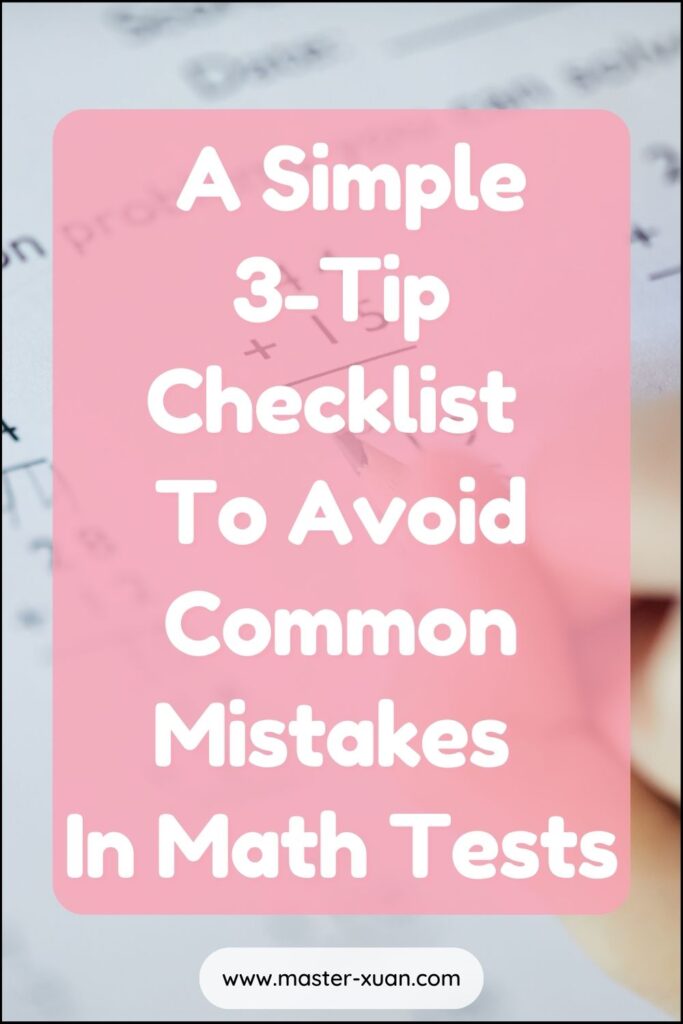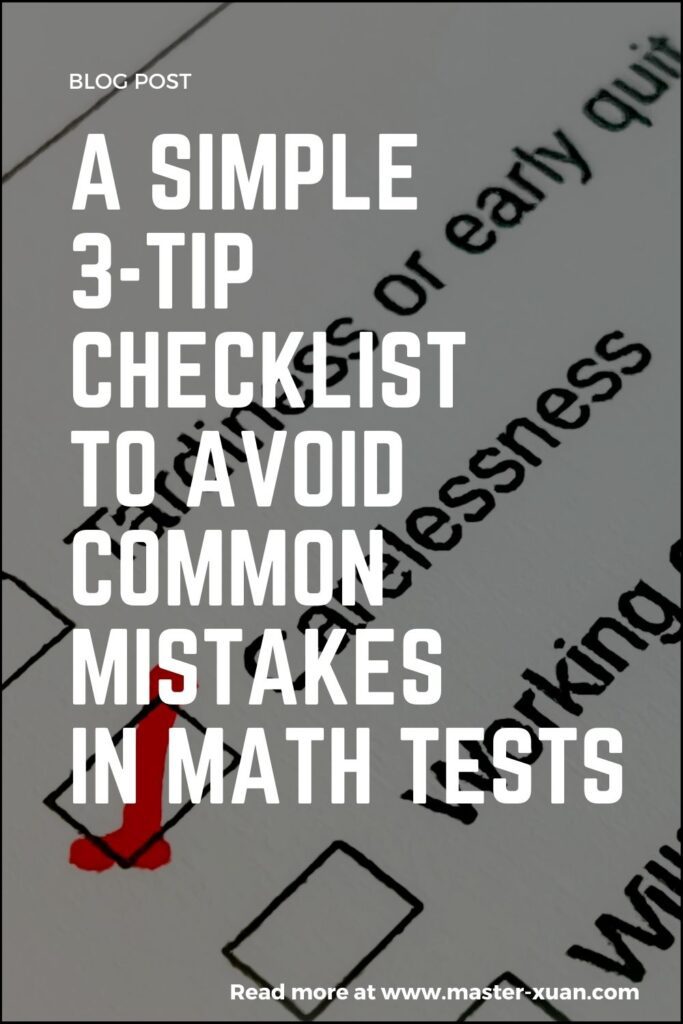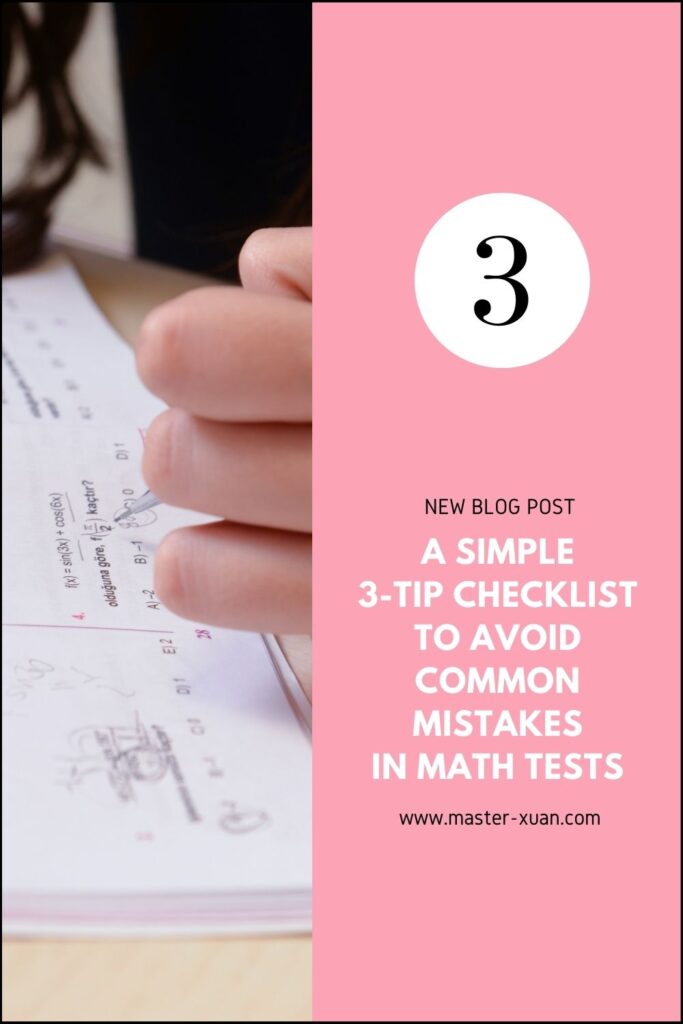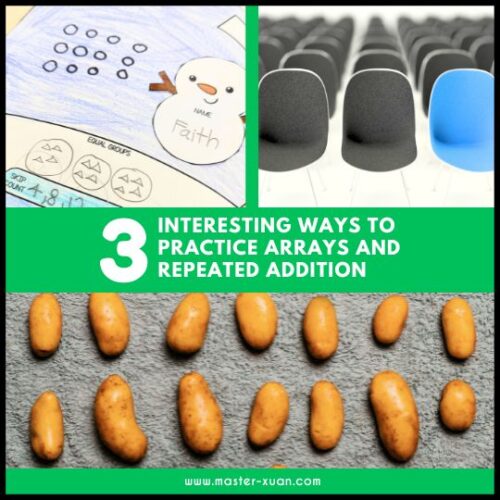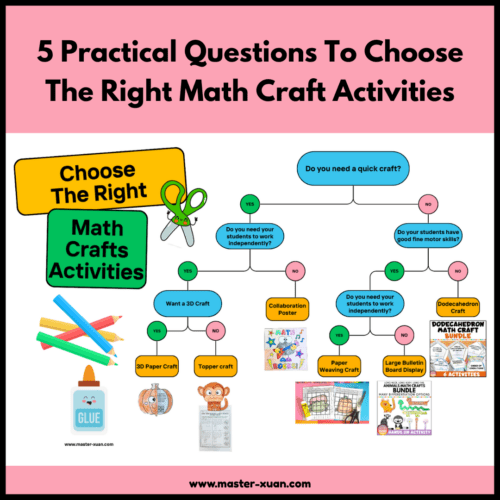Common mistakes in math can trip up even the most confident students, leading to unnecessary errors that impact their final test scores.
Whether it’s rushing through the problem, misreading the question, or overlooking small details, these common errors can add up.
To help avoid these pitfalls, I compiled a simple checklist with three essential tips that can significantly improve your students’ accuracy and test results.
By following these steps—reading the questions carefully, checking the units, and ensuring the reasonability of your answers—your students will be able to get the scores they deserve!
1) Read The Questions Carefully
Tip: Take time to fully read and understand the question before jumping into solving it.
Misreading or overlooking key details is one of the most common reasons for incorrect answers.
Rushing can lead to missing out on important information or instructions.
Sometime, a simple word can change the meaning of the sentence entirely. For example, “reduce the speed to 30 km/h” is different from “reduce the speed by 30 km/h”.
Solution:
- Read the problem twice, especially if it’s a word problem or a multi-step question. Make sure you understand what the question is asking for.
- Highlight or underline key phrases to ensure you grasp the requirements.
- Break down complex problems into smaller parts and solve them step by step to avoid feeling overwhelmed.
- Restate word problems in ways that you can understand better. For example, model, restate in ratio or draw timeline.
2) Check The Units
Tip: Always pay attention to the units provided in the question and the units they want you to leave your answer in.
Check if there are different units given in the question.
Remember to convert them properly.
Solution:
- Before solving, underline or circle the units in the question to keep them in mind.
- After solving, double-check that your answer is in the correct units. For example, if the question asks for a measurement in kilometers but you’ve calculated in meters, convert your answer.
- When dealing with mixed units (e.g., hours and minutes), make sure everything is in the same unit before calculating.
- Usually we convert to the smaller units of measurement to avoid decimals before calculating.
- In a math equation, use the same units of measurement before calculating.
3) Check Answer Reasonability
Tip: After solving, take a moment to evaluate if your answer makes sense in the context of the question.
It’s easy to get lost in calculations and overlook that the final answer doesn’t make sense.
For instance, if you’re solving a problem about the number of people and get a decimal answer, you’ve probably made an error somewhere.
Most nouns can’t have a decimal answer.
Another example is that each part of a whole can’t be bigger than the whole.
Solution:
- After calculating, ask yourself: “Does this answer make sense in real life?” For example, if you’re calculating the cost of 5 apples and your answer is $500, you should immediately notice that something went wrong.
- Review your steps briefly to check for any miscalculations or skipped steps. Sometimes a small error early in the process can lead to an unreasonable result.
- If time permits, plug your answer back into the original problem to confirm it fits logically.
Final Thoughts
Scoring well isn’t just about knowing how to solve problems; it’s about avoiding common mistakes in math tests that can cost you valuable points.
By taking the time to carefully read questions, pay attention to units, and evaluate the reasonability of your answers, your students can minimize errors and boost their performance.
Encourage your students to use this simple three-step checklist to develop effective habits for math tests, helping them avoid common mistakes in math and ensuring their understanding and effort are accurately reflected in their results.
To further support your students in their math journey, check out our Fractions Test for 4th Grade, Boom™ Cards Quiz Self-Checking Task Cards.
This self-checking task card resource is designed to reinforce fraction concepts and enhance their skills in a fun and engaging way.
Explore it today to add another valuable tool to your teaching toolkit!
Related Read:
- Word Problems In Maths: 13 Important Teaching Tips You Need To Know
- Primary Math Teaching Strategy For Teachers: 15 Easy And Practical Tips
Here are some pins that you can save to bookmark this post. Save them to your Pinterest Board now! ↓
